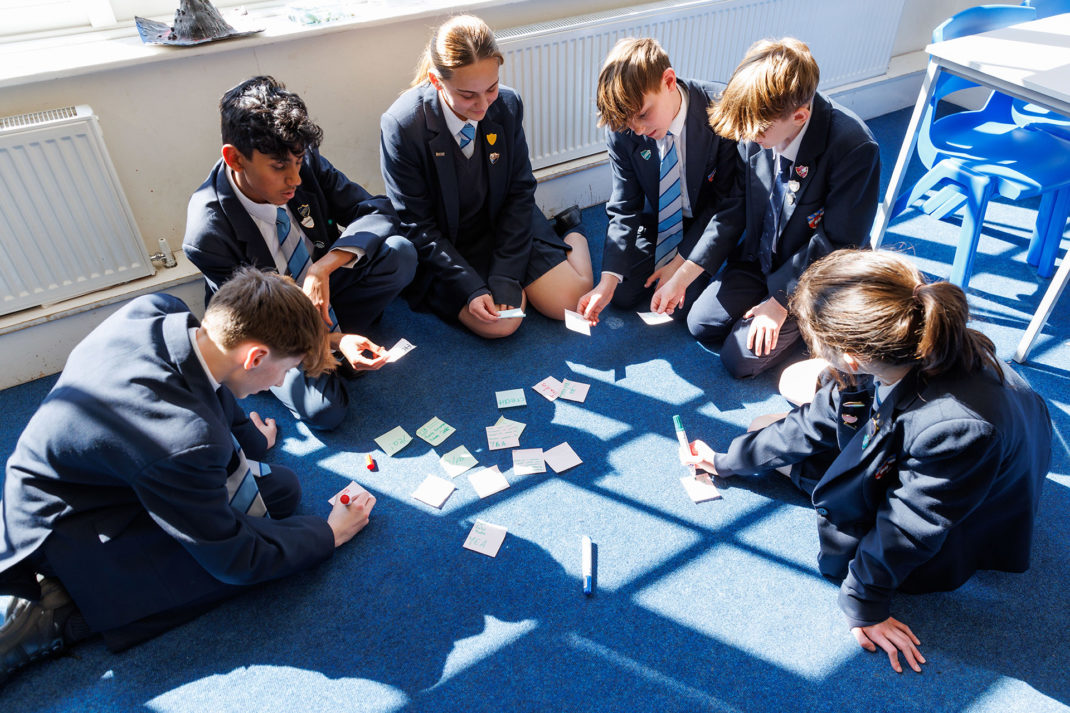Green Independent Schools
By
3 years ago
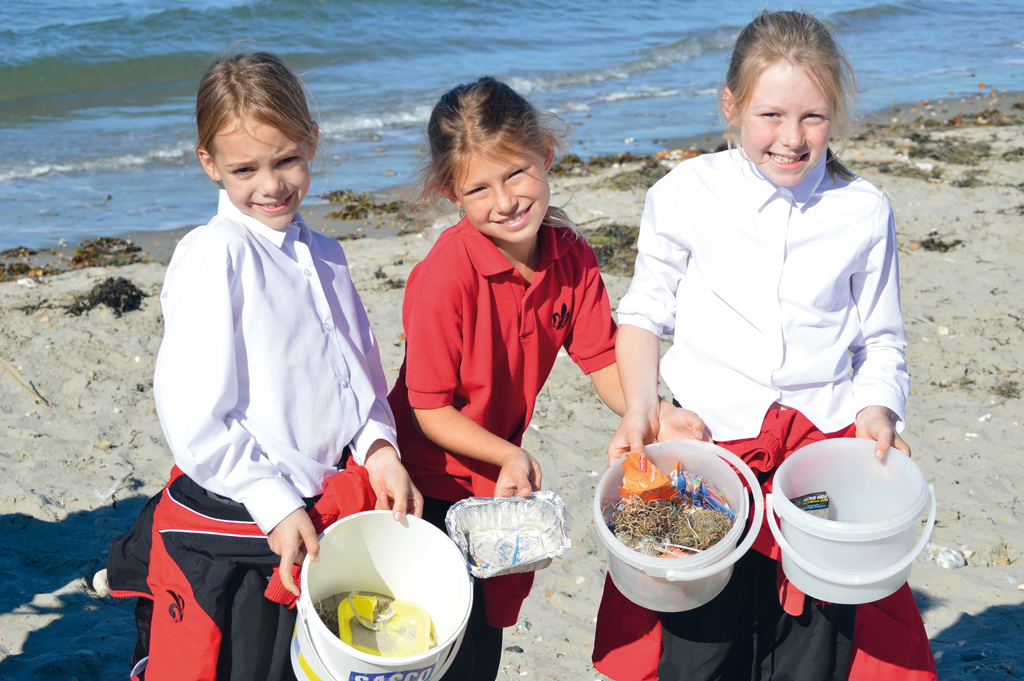
A Grass Roots Rebellion
The impetus for schools adopting green policies is often student-led, finds Victoria Lambert, in her exploration for green independent schools

When teenage climate change protester Greta Thunberg came to the UK in April, students all over the country followed her example by going on strike. Some have also joined the international pressure group, Extinction Rebellion, which advocates civil disobedience in order to bring about political change on the environment. Others share clips via Instagram and Snapchat, highlighting the dangers of palm oil to the orangutan population or of broadcaster David Attenborough warning the world’s population that, in his opinion, we face irreversible damage to the natural world.
No wonder schools are looking for new ways to explore issues around sustainability: here is education with a clear purpose that is exciting pupils now. But how best can schools tackle the issues around environmentalism? Is it a matter for the site manager, does it go on the curriculum, form a subject for clubs or assemblies, or is it something to be threaded through all aspects of school life?
Sustainability is a whole school thing, says Martin Barker, headmaster of Westbourne House School, Chichester. ‘We have looked at many areas where sustainability can be improved at Westbourne House, and steadily worked towards this goal,’ says Barker. He cites the installation of solar panels, locally sourced food (including sustainable fish) and encouraging pupils to use school transport. ‘However,’ he adds, ‘it is most exciting to witness the passion that our pupils have for protecting our environment. Lead by enthusiastic staff, and stemming from a series of eco initiatives, pupils as young as four are coming up with ideas and are keen to take the lead on new policies.’ Recent examples include a plastic-free picnic and a beach clean-up, and students were shocked, he says, to discover micro-plastics when they dissected fish during Science Week.

Westbourne House is not alone in taking a holistically practical and engaged approach. The Royal Hospital School in Ipswich has reduced its emissions by 35 per cent in six years. Last year, students made a Christmas tree from 1,000 plastic water bottles to raise awareness around reliance on plastic waste. Sophie Braybrooke, Director of Communications, explains: ‘Careful metering of electricity and heating oil consumption across the 200-acre site allows us to identify areas for improvement and investment in more efficient sustainable infrastructure.’
Elsewhere, Taunton School is updating its dining areas using sustainable materials and Headington School, Oxford, has a dedicated Environment Prefect; its girls take part in the annual OxClean event, clearing up local litter. Kilgraston School in Perthshire has banned plastic bottles and holds a ‘wear it again’ day every May, when uniforms are ditched in favour of mufti clothes (which must be over ten years old) to draw attention to the 300,000 tonnes of clothing incinerated or sent to landfill each year in the UK.
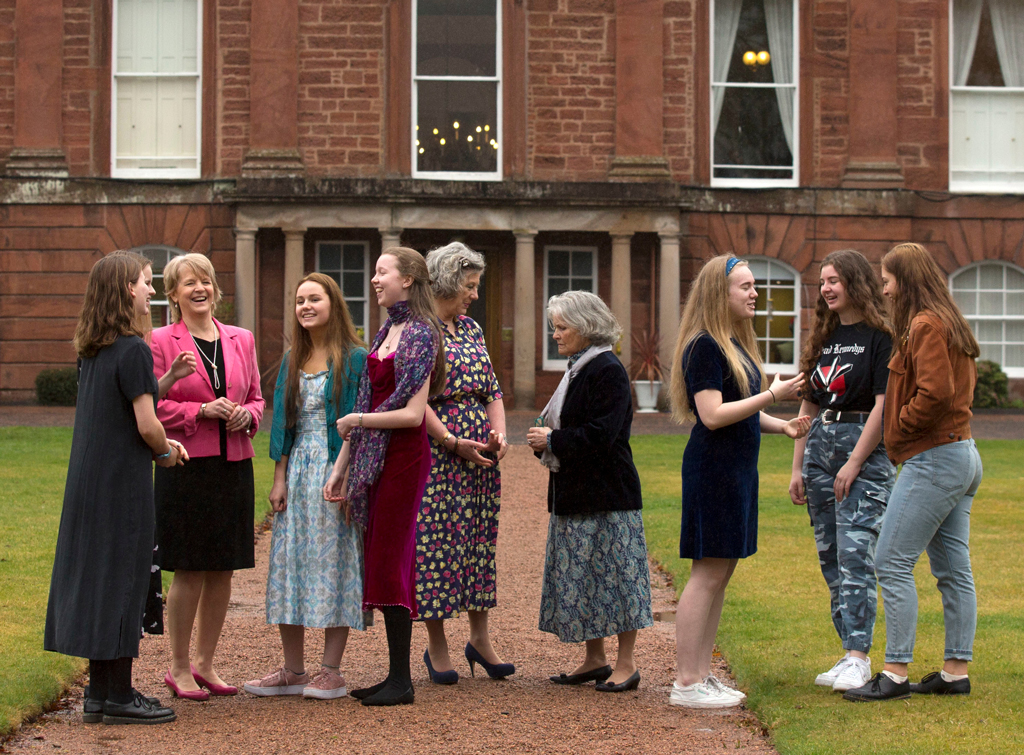
Thomas’s Kensington encourages its students to start taking responsibility young with class monitors called Green Unicorns. Pupils at St Paul’s Girls’ School join riverside clear-ups and tree-planting schemes.
Many schools have joined the international Eco-Schools scheme, which rewards environmental awareness with Green Flag awards; Clifton, the pre-prep for St Peter’s School in York, is building a greenhouse from 2,000 recycled plastic bottles; St Mary’s Colchester, which has been awarded green flags for the past five years, has been named an Ambassador Eco-School and has a student-led Eco Team, which spearheads recycling and sustainability activities in school.
Yet, some of the oldest schools face a particular challenge: their own privileged architecture. At Dulwich College, for example, Simon Yiend, Chief Operating Officer, explains that the need to become more ‘lean, clean and green’, is complicated by the conflicting needs of the listed buildings at the heart of the school. ‘It’s no good saying the building
is historic, we can’t do anything,’ he points out. ‘We have to do everything we can, big or small, if we are able to and it’s practical.’
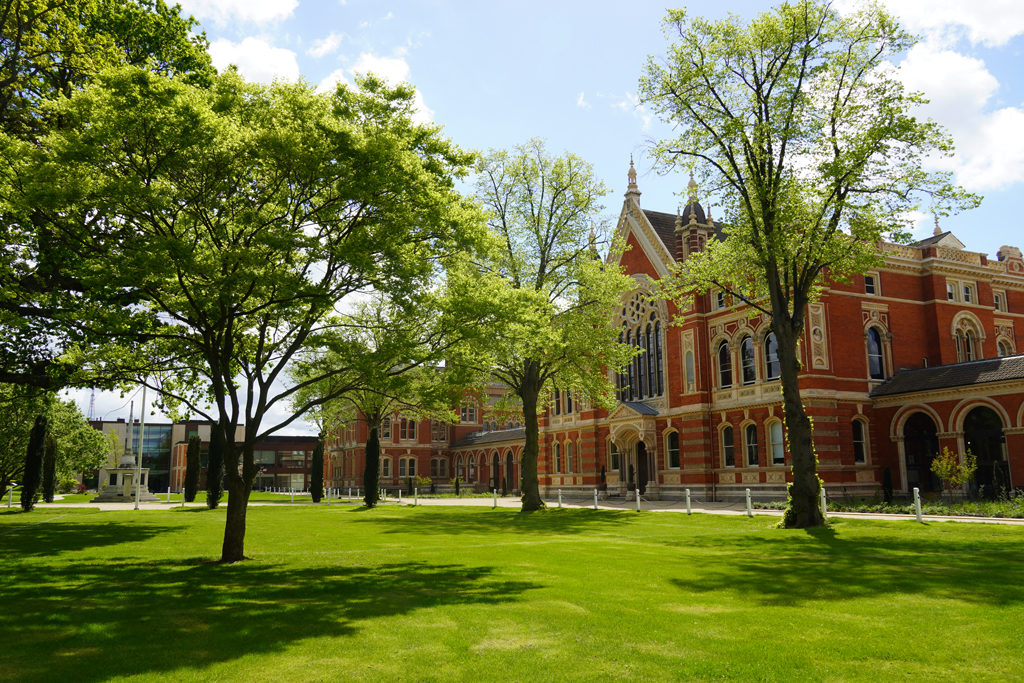
So that means as the new science block is self-cooling and has photovoltaic panels, 95 per cent of the power it provides goes to service the old listed building next door. Plus, the school is switching to LED lights, planning electric power points for the car park and exploring alternative fuels for the school’s fleet of coaches.
Yiend says that behavioural change is encouraged too, although sometimes that is pupil-driven, with the children encouraging the teachers to turn off the lights, for example. However, as he points out, the primary purpose of a school is education, so back inside the classroom, how can we harness this enthusiasm for change. Is it time for an environment and climate change GCSE?
Ann Finlayson, Executive Chair of the charity Sustainability and Environmental Education (SEEd), says sustainability itself is not a topic for specific classes. ‘If we accept that sustainability is an evolving area of human endeavour,’ says Finlayson, a former Commissioner for Education and Capability Building at the Sustainable Development Commission, ‘then it is hard to see it as a subject to be taught. What can be taught are the issues, the responses and impacts to our current global issues.’
Finlayson adds that, as an ex-geography teacher herself, she knows it would be a big ask for any teacher to stay up to date. Better, she says, we should be thinking about the teaching approaches and activities needed to engage young people in for them to feel empowered to be part of a sustainable future. SEEd recently carried out a survey which shows this is what children want. ‘They don’t want more assemblies on climate change,’ she says. ‘They also don’t want more facts about how bad the current situation is. Fear does not work. Nor does information automatically lead to action.’
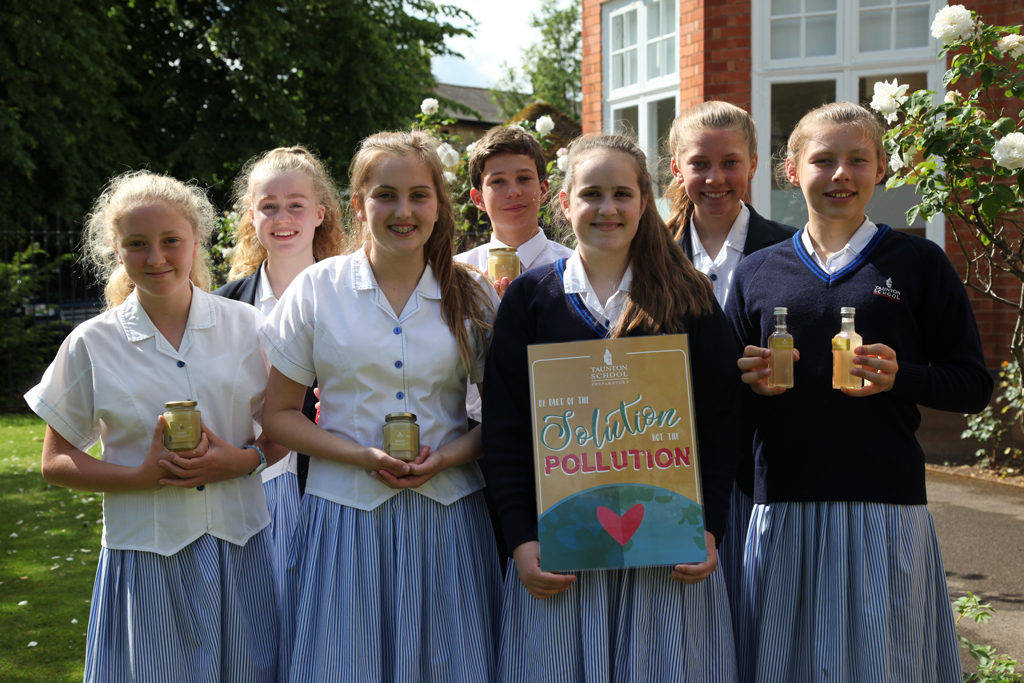
Teaching across subject boundaries is important, says William Scott, professor emeritus of education at the University of Bath and president of the National Association for Environmental Education (NAEE). ‘Students go to a geography class to do “climate” and then science to do something on energy. They need to be linked up.’He adds: ‘If a sustainability-type subject was on the curriculum, it would need to be rounded and include more than climate change. It’s about biodiversity, loss of species, ocean warming and the threat to the biosphere in general.’
We should take heart, says Finlayson. ‘Young people are aware of the global issues. What they want to know is what to do, how to live and work sustainably. This is another hard ask of schools. However, if they take a “whole school approach”, as pioneered in the UK by WWF UK and the department of education, then schools are modelling “learning for sustainability” systems thinking, action learning, change and critical thinking and engaging our young people in that.’
Done well, the payoff potential for students is immense. Zeno Wijtten, Head of Social Impact and Learning at global conservation charity Marwell Wildlife, says that the changing demands of teaching through environmental issues support opportunities for young people. ‘In the current world,’ says Wijtten, ‘where jobs are disappearing and changing in character so often, people need the skills to reacquire knowledge, take risks, reinvent themselves and re-find their mental balance and place in society time and time again.’ And this is as true of environmental issues as anything else.
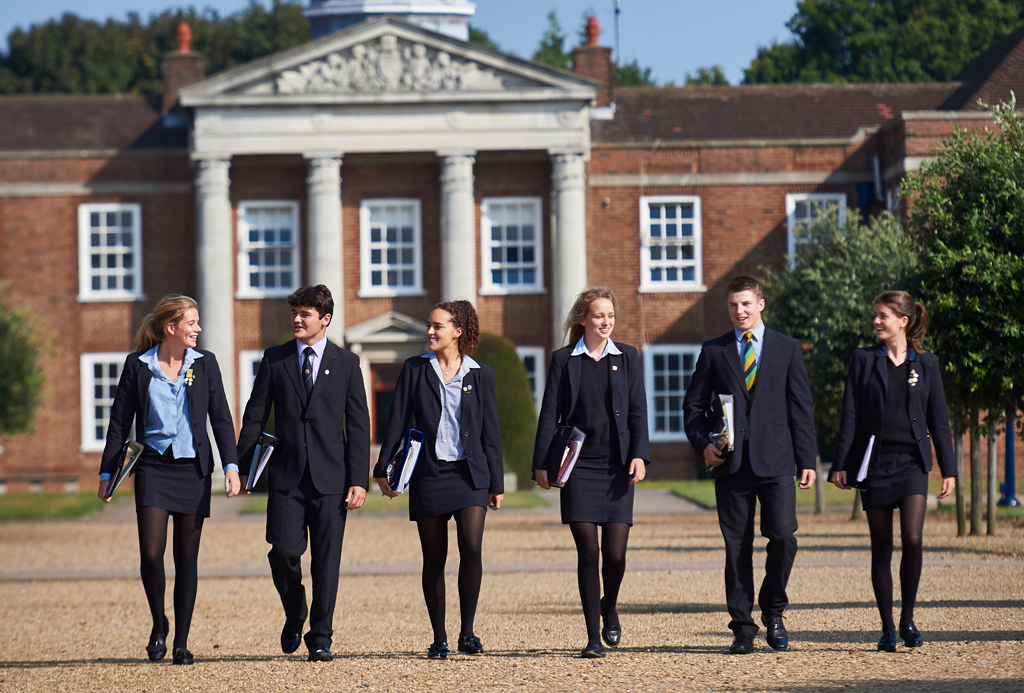
Professor Scott agrees. ‘If you think of the green economy, it seems obvious that the number of green jobs will only grow. Part of a school’s responsibility is preparing children for their future, helping them to think about the sort of things they might want to get involved in.’
That resonates with Westbourne’s Martin Barker. ‘We give children the tools, creativity and drive they need to shape the future. It is important they understand sustainability and work, from a young age, to find solutions.’
Teaching global responsibility isn’t just a planet-saving exercise, says Ben Evans, Head of Edge Grove School, in Hertfordshire. It’s about humanity, too. ‘The essence of global responsibility is to teach children the importance of social responsibility and how we should treat others, in school as well as locally and globally.’
Children need to grow up as global citizens in a rapidly changing world with a wider knowledge of the world around them and the challenges and exigencies faced by people every day. Teaching them about the environment not only makes them aware of their planet but also of their responsibility to others.
This article was originally written for School House Magazine AW19. To read more about sustainable schools, click here.


